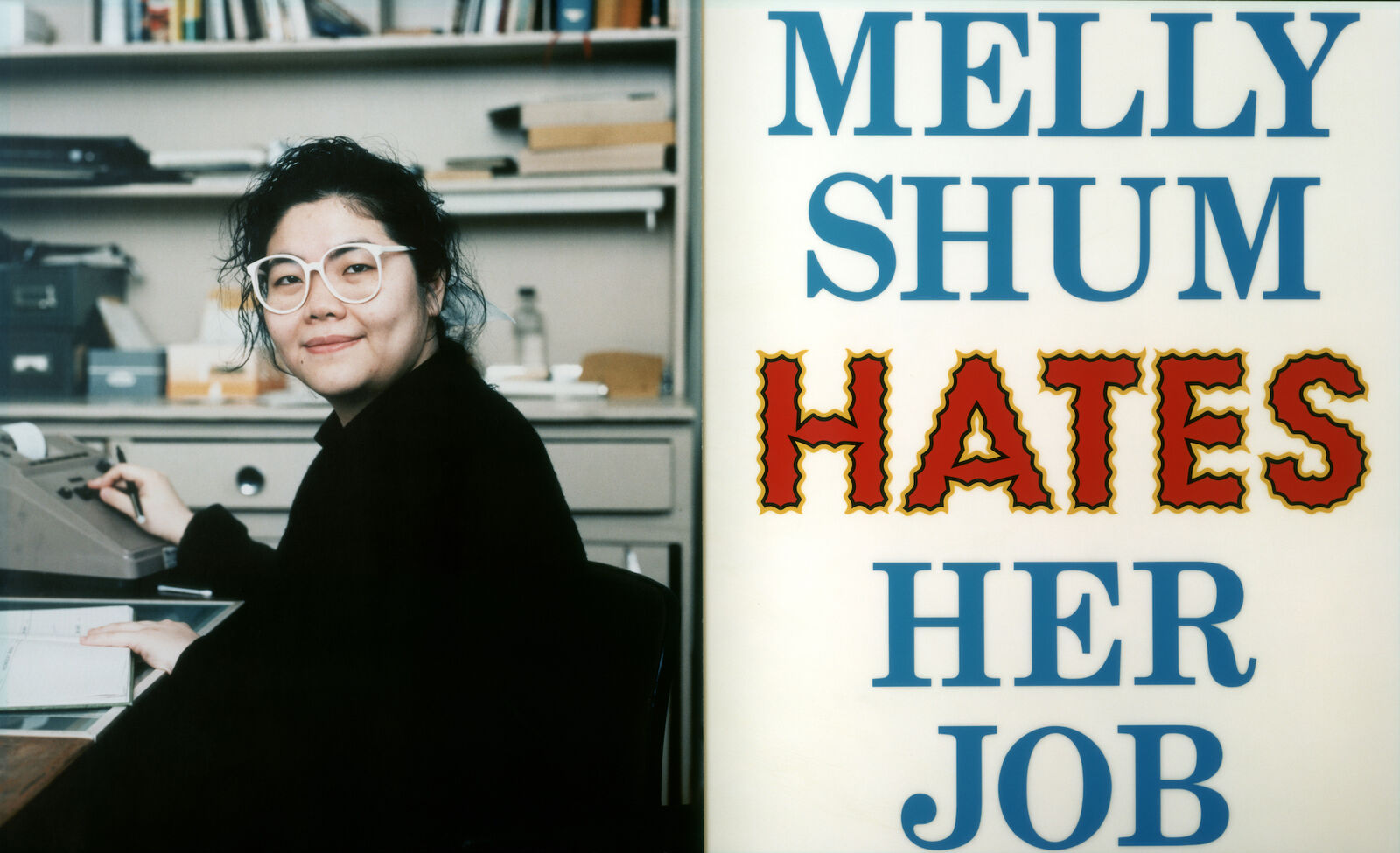Ken Lum
With the exhibition of Canadian artist Ken Lum (1956), Witte de With started an investigation into the depiction of the human figure and the question of mimesis in contemporary art.
Rather than merely portraying people, Ken Lum investigates the conditions which ground the portrait genre, focusing on the interrelations between portrayal and nomenclature. The modern, bourgeois portrait is characterized by either the proper name of the person portrayed, as in Nadar’s Portrait of Goethe, generic identity, as in Vermeer’s Portrait of a Woman in a Red Hat, or anonymity, as in Evans’s Subway Workers. Lum’s portraits mimic these conventions, tracing the contours of anonymity, as in Anonymous (1978); the first named, as in Steve (1986); and the paternal name, as in Ollner Family (1986).
In these works, picture and title are combined in a peculiar way. Ollner Family, for example, consists of a very conventional group portrait of a racially mixed family combined with a sort of commercial sign, which bears the family name as if it were a product. Picture and text are filtered through standardized commercial production systems. Lum’s portrait works don’t show individuals, but the forces which determine how identity is constructed. Any naturalness of expression in the people portrayed is undercut by the explicit presence of the name, which signifies the presence of the law under which the identification process is regulated. Thus, in Ollner Family, the family’s name is that of the father, a white male, whose Chinese wife and daughter are subjected to this name.
Finally, Lum’s work can be seen as a comment on the two migratory movements of modernity: the emigration of formerly colonized peoples to Western centers, which Lum as member of a Chinese immigrant family personally experienced, and the dissemination of capitalist consumer economy across the world.
In addition to showing a selection of Lum’s Portrait-Logos, and Historical, Youth and Attribute Portraits, the exhibition included some Furniture Installations (in which Lum comments on the dream home and the ideal of the family), Language Paintings (which play with the idea of a world language), and Poem Paintings (examples of lyric poetry drawn from many cultures).
In conjunction with the exhibition, Witte de With and Ken Lum realized the billboard-project Melly Shum Hates Her Job on different locations throughout the city of Rotterdam.
The exhibition was realized in collaboration with the Winnipeg Art Gallery in Winnipeg, Manitoba, and the Vancouver Art Gallery in Vancouver, British Colombia.
